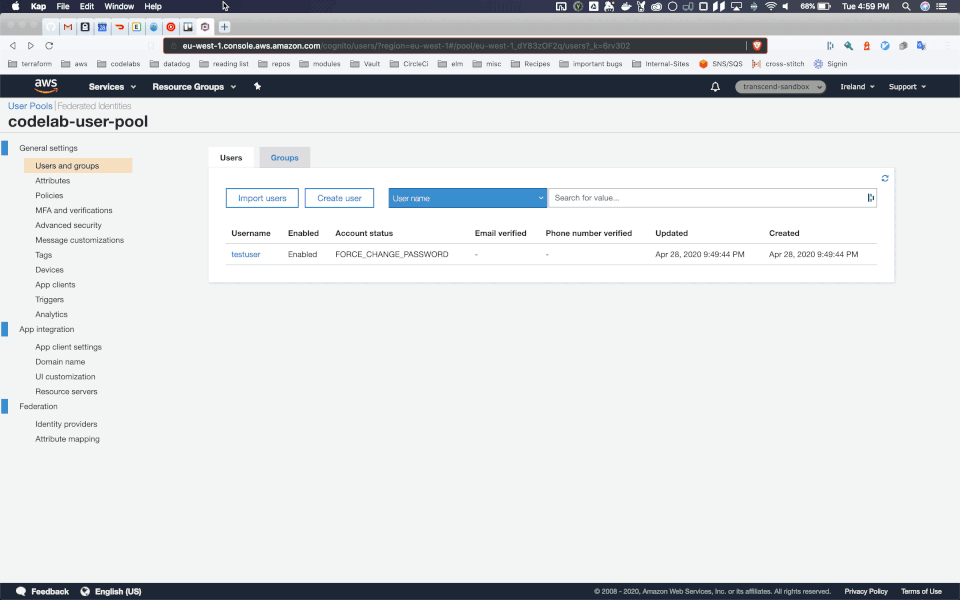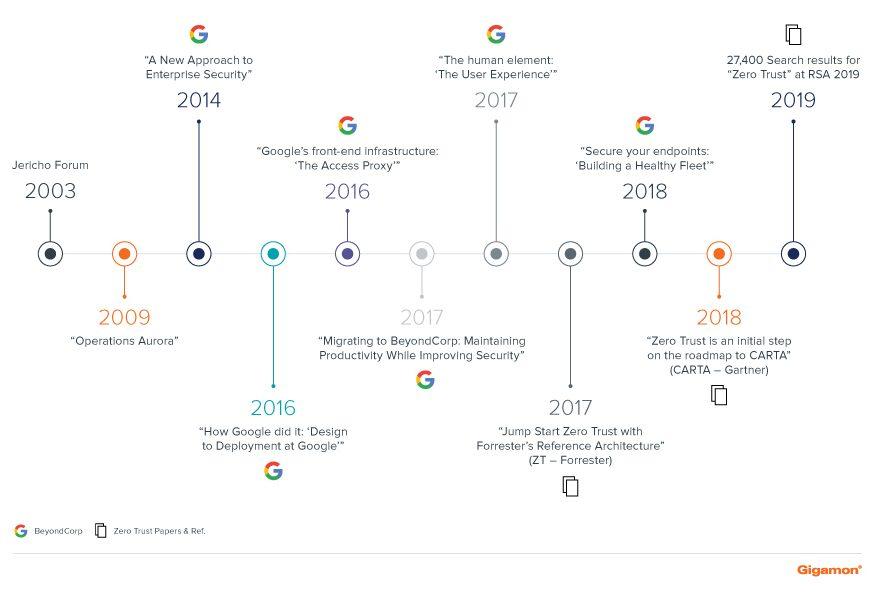

- Operation aurora beyondcorp code#
- Operation aurora beyondcorp series#
Trust flows from identity, device-state, and context not network location. Zero-trust instead attempts to mitigate these shortcomings by adopting the following principles: VPNs are often misused and exacerbate the issue by opening yet another door into your network organization. Most organizations are a heterogeneous mix of clouds, servers, devices, and organizational units.  Even just defining what the network perimeter is is an increasingly difficult proposition in a remote-work, BYOD, multi-cloud world. Network segmentation is a time-consuming, and difficult to get exactly right mechanism for ensuring secure communication. The "impenetrable fortress" model fails in practice even for the most sophisticated of security organizations. Perimeter security largely ignores the insider threat. In summary, perimeter based security suffers from the following shortcomings: Or that of a more lax boundary that may entail more risk but is less time consuming to update, manage and less prone to break. That is, either a very precise boundary that is high-touch, time-consuming to manage, and error prone. However, in practice, operators are usually pulled in the direction of one of two extremes. In theory, an organization could "micro/nano/pico-segment" each and every layer of an application stack to ensure appropriate access controls. Making those boundaries is increasingly difficult to manage in a world of micro-services, and cloud computing where service communication requirements are constantly in flux. Perimeter based approaches tend to focus on network segmentation which entails creating virtual or physical boundaries around services that need to communicate. The other side of the security trade-off is operational agility. We're starting to think about securing many different interconnected castles.Īrmon Dadgar, Cofounder of HashiCorp PagerDuty Nov 2018 In reality, there's never one front door there are many front doors.
Even just defining what the network perimeter is is an increasingly difficult proposition in a remote-work, BYOD, multi-cloud world. Network segmentation is a time-consuming, and difficult to get exactly right mechanism for ensuring secure communication. The "impenetrable fortress" model fails in practice even for the most sophisticated of security organizations. Perimeter security largely ignores the insider threat. In summary, perimeter based security suffers from the following shortcomings: Or that of a more lax boundary that may entail more risk but is less time consuming to update, manage and less prone to break. That is, either a very precise boundary that is high-touch, time-consuming to manage, and error prone. However, in practice, operators are usually pulled in the direction of one of two extremes. In theory, an organization could "micro/nano/pico-segment" each and every layer of an application stack to ensure appropriate access controls. Making those boundaries is increasingly difficult to manage in a world of micro-services, and cloud computing where service communication requirements are constantly in flux. Perimeter based approaches tend to focus on network segmentation which entails creating virtual or physical boundaries around services that need to communicate. The other side of the security trade-off is operational agility. We're starting to think about securing many different interconnected castles.Īrmon Dadgar, Cofounder of HashiCorp PagerDuty Nov 2018 In reality, there's never one front door there are many front doors. Operation aurora beyondcorp series#
The resulting actions from that review would be released as a series of white papers called "BeyondCorp" which have since become foundational documents in articulating how and why an organization could move beyond corporate perimeter (BeyondCorp.get it?) based security. After which, Google did a bottom up review of their security posture. In Google's case, they experienced a devastating attack at the hands of the Chinese military known as Operation Aurora. In Target's case, hackers circumvented both the physical and network perimeter by hacking the HVAC system which was connected to the internal corporate network from which hackers were then able to move laterally and exfiltrate customer credit card data. To pick just two of many breaches, consider the Target and Google hacks. Recent high-profile breaches have demonstrated how difficult it is for even large companies with sophisticated security organizations to avoid a breach. Most importantly, the model is just not as secure as we thought. Rob Joyce Chief of Tailored Access Operations, National Security Agency ENIGMA 2016 Most networks big castle walls, hard crunchy outer shell, and soft gooey centers.
There are now many perimeters to secure and boundaries of the perimeter have become ephemeral and nebulous. Traditional tools for internal access like VPNs are clunky and frustrating to use.  Remote workers want an equivalent user-experience. A majority of the global workforce now works remotely at least one day a week.
Remote workers want an equivalent user-experience. A majority of the global workforce now works remotely at least one day a week. Operation aurora beyondcorp code#
Organizations now deploy code outside their perimeter, in public and private clouds. But perimeter security’s shortcomings have become apparent as: Perimeter security typically incorporates tools like firewalls, network segmentation, and VPNs. That is, your corporate network is safe so long as your perimeter is impenetrable. This model relies on the strength of its outer defenses. For years, security has been synonymous with the perimeter security model.







 0 kommentar(er)
0 kommentar(er)
